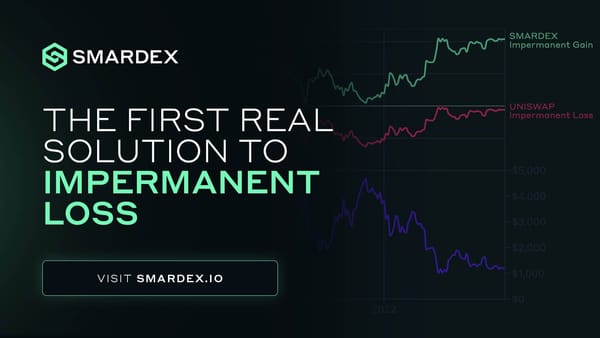Strategy

I tend to apply the Pareto principle in building my portfolio, allocating 80% to relatively safe assets and 20% to riskier assets with potentially higher returns.
I also prefer to buy assets near their 52-week lows, following a contrarian approach to investment analysis.
One of my inspirations is Dr. Michael Burry, renowned for identifying inconsistencies in the U.S. mortgage market and sounding the alarm regarding the rise of subprime mortgages. His strategy involves:
- Buying value assets (whose intrinsic value differs from the market price and is independent of market sentiment)
- Buying assets that appear like roadkill and selling them when they have been polished a bit.
Value investing is an investment strategy that involves selecting stocks or other assets that appear to be trading at a discount to their intrinsic value. The goal of value investing is to purchase these undervalued assets with the expectation that their price will eventually reflect their true worth, resulting in capital appreciation over the long term.
Key principles of value investing include:
- Intrinsic Value: Value investors analyze the fundamental characteristics of a company, such as its earnings, cash flow, assets, and growth prospects, to estimate its intrinsic value.
- Margin of Safety: Value investors seek to buy assets at a significant discount to their estimated intrinsic value to provide a margin of safety against potential risks and uncertainties.
- Contrarian Approach: Value investors often take a contrarian approach by buying assets that are out of favor or experiencing temporary setbacks, betting on a potential turnaround or market mispricing.
- Long-Term Perspective: Value investing is typically a long-term strategy, focusing on the fundamentals of the business rather than short-term market fluctuations.
Contrarian investing :
Contrarian investing involves buying assets that are currently unpopular or undervalued, going against prevailing market sentiment. The goal is to profit from potential price recoveries when market sentiment eventually shifts.
Contrarian investors believe markets can overreact, leading to mispricing of assets that offer value opportunities in the long run.
Margin of Safety
The "margin of safety" is a fundamental concept in investing that refers to the difference between the intrinsic value of an asset (such as a stock or a bond) and its market price. It represents a cushion against unexpected events or market downturns.
In investing, the margin of safety is the amount by which the market price of an asset is below its intrinsic value, as determined by fundamental analysis. It provides protection to investors by allowing for unforeseen adverse developments, errors in analysis, or market volatility without risking a loss of capital.
Essentially, a larger margin of safety implies a lower risk for investors because the asset is purchased at a significant discount to its estimated true value. This concept is a key principle of value investing and emphasizes the importance of buying assets when they are undervalued relative to their potential intrinsic worth.
Intrinsic Value
Intrinsic Value refers to the estimated true value of an asset based on its underlying characteristics and future cash flows. It represents the value that an asset is objectively worth, independent of its current market price or prevailing market sentiment.




